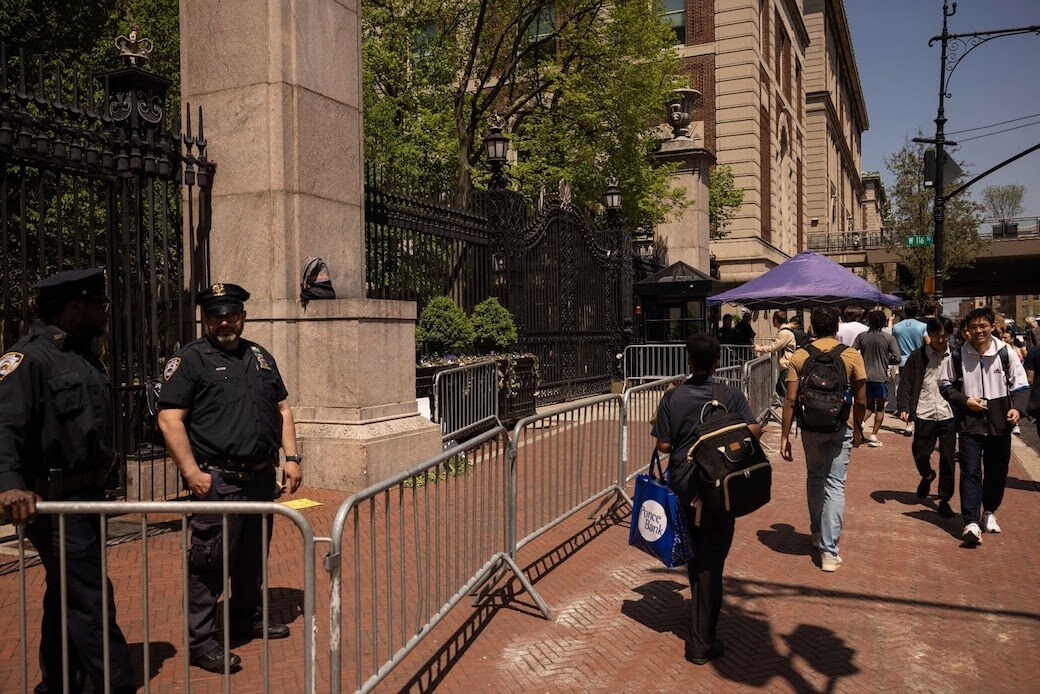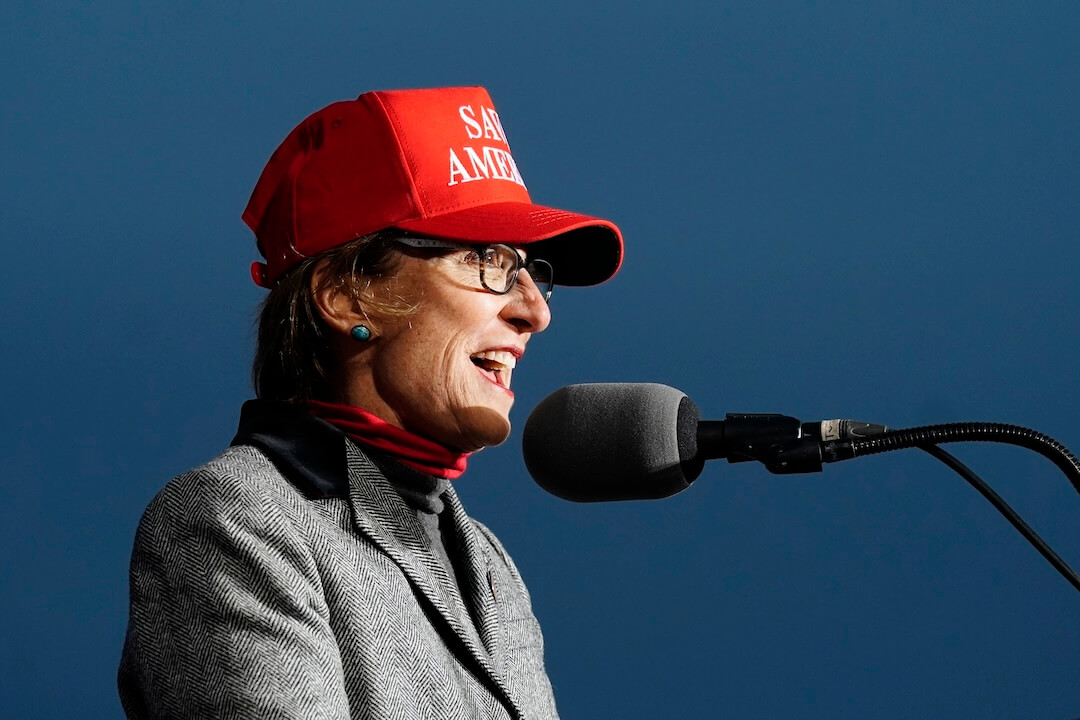Editors have a tough enough job riding herd on local staffs and the journalism they generate, making sure that standards of quality, taste, and accuracy are met in every story, every day. The last headache they need is inappropriate, offensive, or wrong copy in a supplemental publication –- one that isn’t locally edited, but for which readers hold you responsible. The Jan. 16-18 issue of USA WEEKEND has given 327 newspaper editors the chance to apply the same values and standards to copy produced elsewhere as they would to a story or photograph generated by their own staffs.
In the magazine, a racial epithet –- the “n” word –- was embedded in background text used as part of an illustration. The offensive word was discovered in time to remove the illustration from about 43 percent of the copies, according to a press release issued by the magazine. But 327 newspapers received copies that had the illustration in it (if you’re looking at the illustration, the word appears twice, once in the blond woman and once in the dark-haired man).
USA WEEKEND provided the affected papers with statements they could run, apologizing for the problem and explaining how it happened. The magazine also provided text for papers that decided not to distribute USA WEEKEND because it contained the epithet.
But local editors and publishers have to make the call about whether to let the magazine go to readers or pull it from distribution. The magazine is dated for delivery the weekend before Martin Luther King Jr.’s birthday is observed.
How does an editor decide what to do in situations such as these?
We begin with the acknowledgement that we don’t pull whole sections, or even individual stories, from publication lightly. The nature of journalism means that we will publish words and ideas that offend, so that readers can make up their own minds about the social or political issues involved.
We have to use the yardsticks that we would use to judge the appearance of a racial slur in a local story: those of purpose and context, the usage standards we apply to offensive language, and our knowledge of our communities.
In this particular case, the illustration fails the test of purpose and context. The word appeared mistakenly, in text the illustrator picked up from another source without proofreading. There’s no greater social or journalistic question being addressed by the publication of a racial slur in this case.
The local editors who face this problem will have to decide whether a sincere explanation and apology can mitigate the publication of a word so many find offensive. I won’t presume to suggest what the right course of action would be for each of these editors. But I can recommend some steps to take in reaching a decision.
First, consider all of your options and don’t narrow the list prematurely. Think about what your best-case scenario would be. In this instance, it might be to provide readers with the rest of the magazine’s content while eliminating the offensive page. How could you do that? Make a list of all the possibilities, even the most outlandish and impractical. Could you remove the offending page, one at a time, and still distribute the magazine, for instance? Could you strike a deal to provide the rest of the content in the regular run of the paper? Is there a Web option available?
Allowing yourself to see all the possibilities helps you understand the practical constraints that help define your decision. With a range of options on the table, what you need now are other voices to join in the debate.
Bring all of the newsroom into the conversation, not just your senior editors. Talk to journalists of different ages, different races, different social backgrounds. Ask what they think. How does it strike them as a person? As a journalist? Ask them to explain what harm is caused by publishing the offending word, and what harm is caused by refusing to publish.
Next, talk to civilians. Every editor needs to cultivate people from the community who represent a wide range of outlooks and experiences. These aren’t necessarily folks you quote in stories; they are the people you turn to for wisdom and guidance, people you can trust for good advice. They expand your point of view and bring up issues you might not consider as a journalist. Listen to them now.
Ultimately, as in most tough calls, the final decision rests with the editor. You need to be as transparent as possible in making the decision. Let your newsroom know what you’ve decided, and why. Think about how you will explain your decision to your readers. Think about how you will follow up on reader reaction to the decision. How will you make readers’ voices heard on this subject?
Finally, commit an act of journalism. There’s a reason the distribution of a magazine containing this racial slur makes us uncomfortable. What are the larger issues at work here, and how do they play out in your community? Is it an issue of language, an issue of respect, an issue of race –- or is it all those things and more? Smart editors recognize this is more than a headache. There’s an important story to be told here that can explore issues and relationships in your community that we too often fail to report.





